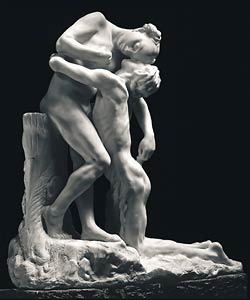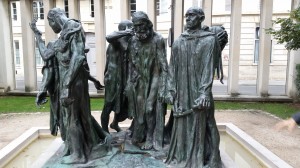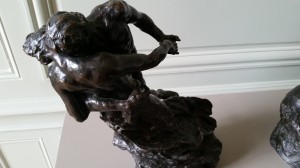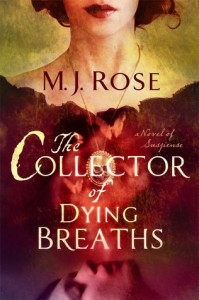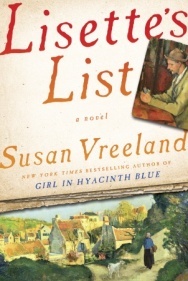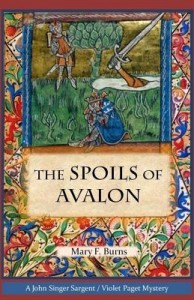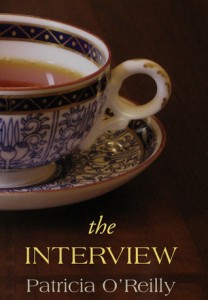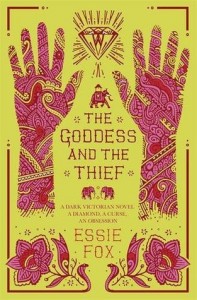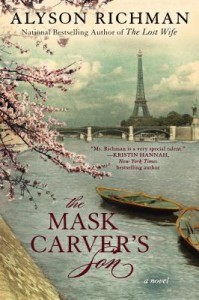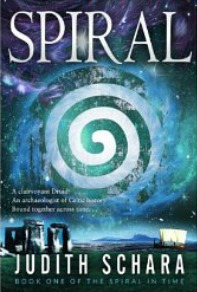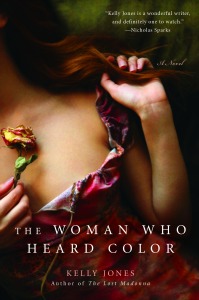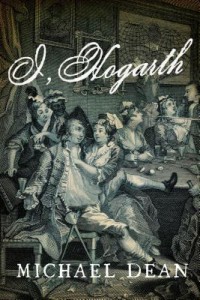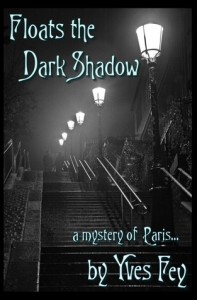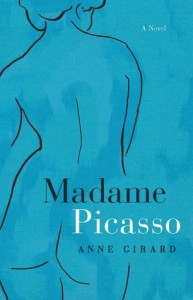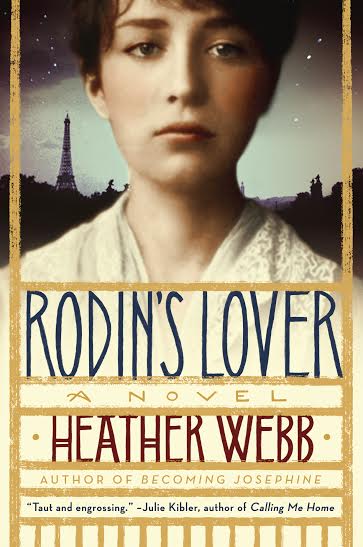 Some stories pierce parts our lives, our secrets, our wishes, and the characters stay with us for a lifetime, this is one such story. Heather Webb’s Rodin’s Lover is a novel that will enrapture creatives and captivate those curious about art, artists, and the world of art during the Belle Époque era in France. This life story of sculptor Camille Claudel fully embraces her beginnings, family connections and conflicts, paranoid-abrasive spirit and social challenges, and her voracious passion for sculptor and the tempestuous but informing and agonizing relationship with fellow sculpture Auguste Rodin. Wholeheartedly, Webb ventures into the trails and triumphs of Cauldel and Rodin’s lives, the toil, dedication, works and opposition of being a talented cutting-edge artist female and male. The novel explores and exposes the unique concerns and hurdles the gifted and driven Caudel weathers and contends with while struggling to create masterful works in a tradition-bound male-dominated arena of competitiveness and connections, jealousy and gaming — one plagued by patriarchy. Claudel’s story is the heroine’s journey with monstrous obstacles, some overcome, others endured.
Some stories pierce parts our lives, our secrets, our wishes, and the characters stay with us for a lifetime, this is one such story. Heather Webb’s Rodin’s Lover is a novel that will enrapture creatives and captivate those curious about art, artists, and the world of art during the Belle Époque era in France. This life story of sculptor Camille Claudel fully embraces her beginnings, family connections and conflicts, paranoid-abrasive spirit and social challenges, and her voracious passion for sculptor and the tempestuous but informing and agonizing relationship with fellow sculpture Auguste Rodin. Wholeheartedly, Webb ventures into the trails and triumphs of Cauldel and Rodin’s lives, the toil, dedication, works and opposition of being a talented cutting-edge artist female and male. The novel explores and exposes the unique concerns and hurdles the gifted and driven Caudel weathers and contends with while struggling to create masterful works in a tradition-bound male-dominated arena of competitiveness and connections, jealousy and gaming — one plagued by patriarchy. Claudel’s story is the heroine’s journey with monstrous obstacles, some overcome, others endured.
The novel’s mental illness thread of the gifted creative stalked by the disturbances of the mind tore me at the core as I have also lost a dear talented friend to mental illnesses. Webb has heart-piercingly rendered with perfection the devastating process of a troubled mind and how mental affliction slowly begins and takes over little by little, then consumes the precious person one has laughed with and loved for years.Through precise prose, Webb’s story undulates and flows like the surface of one of Camille’s burnished bronze cast pieces, shinning bright at the edges and going dark in the folds. This book is written with passion and love and with deep reverence for the call to create against all odds. I wept bitter-sweetly at the end of the novel because of Caudel’s fate, and because Webb expresses aptly the essence of the pursuit of the creative life.
Enter into the artist studio…throw the clay, knead and roll, feverishly pinch and shape and score and mold and smooth and shave and cut and labor away on your life works, as did Camille Caudel, as does this story infused with raw heart and soul…
Stephanie Renee dos Santos: After spending so much time researching and writing about sculptor Camille Claudel’s art and world, what would say is the most important thing you learned from her life story? What has she left you with?
Heather Webb: The most important thing I learned from Camille’s story is to take pride in the beauty we create, both in our personal lives and in our professional lives. When all is said and done, it is that beauty which transcends the tragedy of our lives and leaves a meaningful mark on the world–or at the very least, on the people we have known and loved.
SRDS: What compelled you to include art and artist in your historical novel?
HW: I’ve always been an art lover, even as a kid. We did a lot of moving with the military and I have to say, my parents did a great job of making sure we hit the big museums in every town we lived in, as well as any special exhibitions. To research more about sculpture was a natural extension of my interest.
SRDS: What drew you to your specific visual art medium, artwork, and/or artist?
HW: I’ve adored Camille Claudel’s story since I saw the film Camille Claudel in my French film class in college. Camille’s struggles haunted me. As for sculpture, I’ve always been intrigued by it as an art form. It isn’t just inspiration and years of work, but brute strength and stamina that’s needed for all of the lifting, scrubbing, and building that goes along with being a great sculptor. To create this pearly structure that seems to breathe, leap from the stone, is just mind-boggling to me still—even after all the time I’ve spent researching it.
SRDS: What unique historical objects and/or documents inspired the story?
HW: Several of Camille’s works inspired the narrative including Sakuntala, The Waltz, and La Petite Châtelaine, as well as her Bust of Rodin. As for Rodin’s pieces, The Gates of Hell, Burghers of Calais, The Eternal Idol, and Monument to Balzac, among others.
SRDS: Is there an art history message you’ve tried to highlight within the novel?
HW: I tried to show how art defines a creative’s view of the world, their passions, their dreams, as well as how those views shape their works. In addition, I’ve highlighted one political scandal in particular—the Dreyfus Affair—and how that affected both Rodin’s state of mind and his later pieces, as well as how the politics of art affected other artists during that time. His Monument to Balzac was groundbreaking in terms of beginning the revolution of modern art.
As for Camille’s works, she was caught in a web of male-dominated critics and artists, and I highlight how this affected her career and her mental instability. I believe if she were toiling today, she would have great success, which makes this book very relevant and era-specific.
SRDS: What do you think readers can gain by reading stories with art tie-ins?
HW: For one, they can learn all of the fascinating backstory behind different pieces—it creates a bond between the work and its viewer that is unique and cherished. It’s a special thing to be transported into the heart and mind of a creative. I think, on some level, we all wish we possessed one of these extraordinary talents and it’s truly intriguing to see how an artist views the world. Readers can also learn a bit about the politics of art and how the culture of the day impacted an artist’s pieces.
SRDS: What fascinating information did you uncover while researching but were unable to incorporate into the book, but can share here?
HW: So much! I learned a ton about sculpting in general—about the different types of stone and where they’re mined, loads about Claudel’s and Rodin’s contemporaries including painters and writers from the day. I was dying to include more about Victor Hugo, for example, as well as Emile Zola, but I had to stay true to the book’s point of view and vision, which meant those two men could only be included as they intersected Camille’s and Auguste’s lives.
SRDS: Any further thoughts on art in fiction you’d like to expand on?
HW: I adore reading books with artists myself, so I hope authors continue to write them!
SRDS: Are you working on a new historical novel with an art tie-in? If so, will you share a little with us about your next release?
HW: I can’t say too much at the moment, but I can share that my next book doesn’t have a visual arts tie-in, but a performing arts emphasis. It’s shaping up to be somewhat of a Gothic thriller, and a retelling of an old popular story.
 About the author: Heather Webb is the author of historical novels Becoming Josephine and Rodin’s Lover (Penguin 2015), a freelance editor, and blogger. In addition she contributes to award-winning writing sites WriterUnboxed.com and RomanceUniversity.org. She is a member of the Historical Novel Society and the Women’s Fiction Writers Association.
About the author: Heather Webb is the author of historical novels Becoming Josephine and Rodin’s Lover (Penguin 2015), a freelance editor, and blogger. In addition she contributes to award-winning writing sites WriterUnboxed.com and RomanceUniversity.org. She is a member of the Historical Novel Society and the Women’s Fiction Writers Association.
For more about Heather’s work:
website www.heatherwebb.net Twitter @msheatherwebb
To purchase: Rodin’s Lover
Join us here February 28th for an interview with Alyson Richman, author of The Mask Carver’s Son!
Interview posting schedule:
2014: August 30th Susan Vreeland, Lisette’s List (new release), September 27th Anne Girard, Madame Picasso (new release),October 25th Yves Fey, Floats the Dark Shadow, November 29th Mary F. Burns, The Spoils of Avalon (new release), December 27th Kelly Jones, The Woman Who Heard Color
2015: January 31st Heather Webb, Rodin’s Lover (new release), February 28th Alyson Richman, The Mask Carver’s Son, March 28th Maureen Gibbon, Paris Red (new release), April 11th M.J Rose, The Witch of Painted Sorrows (new release), April 25th Lisa Brukitt, The Memory of Scent, May 30th Lisa Barr, Fugitive Colors, June 27th Lynn Cullen, The Creation of Eve, July 25th Andromeda Romano-Lax, The Detour, August 29th Frederick Andresen,The Lady with an Ostrich Feather Fan, September 26 Nancy Bilyeau, The Tapestry (new release)

